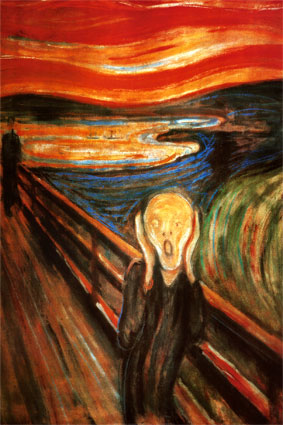The Victorian era covers the 64-year span of Queen Victoria’s reign of England, from 1837 to 1901. During this time, many developments and advances were being made in areas such as science and society. These advances made Britain the most powerful, modern, and wealthy nation in the world at the time (HuntFor). The Victorian art movement consisted of many different art movements: Classicism turned into Neoclassicism, which was followed by Impressionism and Post-Impressionism. The realistic style of painting of Classicism gradually changed “through a series of influences which brought in the use of brighter colors and more emotional strokes, which replaced an attention to realistic detail in shadow and form,” (Bliss) and resulted in the Post-Impressionism movement.
The art of the Victorian era was produced by artists who focused on England’s “high-fashion and modern elegance” (Bliss). This resulted in many paintings of high-class social events in strong colors, which would show the emotion of the event. In addition, paintings of the countryside were common. Most English people at the time could relate more to the countryside than to the high-class events, and so paintings of the countryside became popular. The idea of painting nature, and not the high-class social events, was what caused the Pre-Raphaelite Brotherhood to form. This group, formed by Dante Rossetti and William Holman Hunt in 1848, wanted to recapture the style of painting that preceded Raphael, an artist of the Italian Renaissance (HuntFor). The artists of the Brotherhood, which eventually expanded to seven members, focused on painting directly from nature, resulting in colorful and detailed paintings.
“Victorian Art.” 23 Sept. 2009.
<http://www.huntfor.com/arthistory/c19th/victorian.htm>.
Bliss, Renee H. “Definition of Victorian Art.” 23 Sept. 2009.
<http://www.ehow.com/about_5045826_definition-victorian-art.html>.




